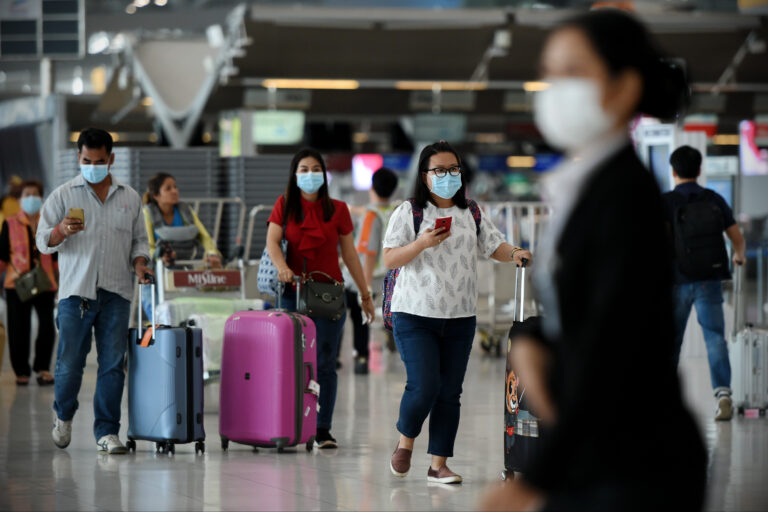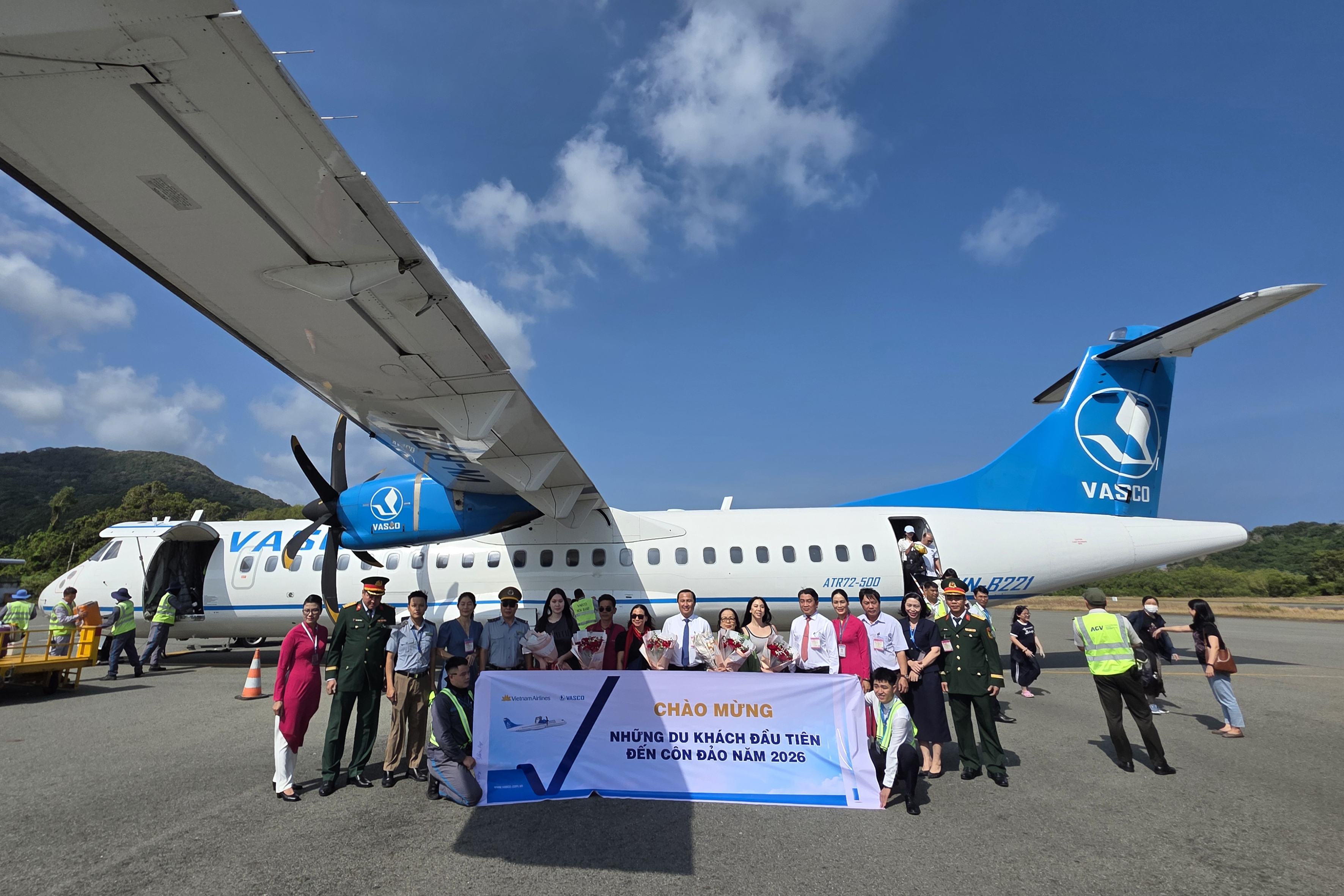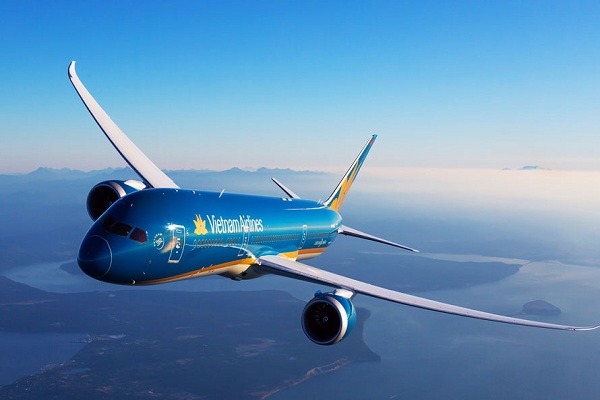
Preliminary February 2023 traffic figures released Tuesday by the Association of Asia Pacific Airlines (AAPA) showed that international passenger markets continued to expand at a robust pace, buoyed by the strong appetite for travel, in tandem with the Lunar New Year holiday season.
Overall, 16.9 million international passengers were carried by Asia Pacific airlines in February, representing a 645.3 percent jump from the 2.3 million that flew in the same month last year, when the region’s international markets were still suppressed by strict travel measures. In revenue passenger kilometre (RPK) terms, demand grew by 481.7 percent year-on-year, markedly outpacing the 205.5 percent expansion in available seat capacity. As a result, the average international passenger load factor rose by 38.6 percentage points to 81.3 percent for the month, achieving levels recorded in pre-pandemic 2019.
Concerns over the broader economic climate, weakness in consumer and business sentiment, continued to affect air cargo markets in February. For the region’s carriers, international air cargo demand, as measured in freight tonne kilometres (FTK), fell by 9.8 percent for the month. Offered freight capacity edged 0.8 percent higher, leading to a 7.2 percentage point decline in the average international freight load factor to 61.7 percent for the month.

“The first two months of the year saw continued strong recovery in international travel markets, with the number of passengers carried by the region’s carriers increasing more than seven-fold to 34 million, bringing overall demand to 54.3% of the corresponding period in pre-pandemic 2019,” said Subhas Menon, AAPA director general. “On the other hand, air cargo markets continued to weaken amid challenging circumstances. Inflationary pressures, and worsening economic conditions, weighed down on spending affecting demand for air shipments. The first two months of the year saw a 15.5 percent fall in air cargo demand for Asian carriers.”
Looking ahead, Menon said, “The demand outlook for international travel is positive, but expected to moderate in the coming months compared with the larger traffic volumes in the later months of last year as more borders reopened over the course of 2022. Nevertheless, strong travel demand will continue to underpin recovery in passenger traffic, as pre-pandemic flight frequencies and city links are gradually restored in 2023. Asian airlines are proactively taking steps to reduce the strain on operations where possible. This includes intensifying recruitment of staff, returning stored aircraft to service and continued investments in digitalising the travel process. The airlines are working closely with industry stakeholders with the aim of enhancing passenger experience, while ensuring safe and secure travel in the recovery period.”
Cre: Asian Aviation






